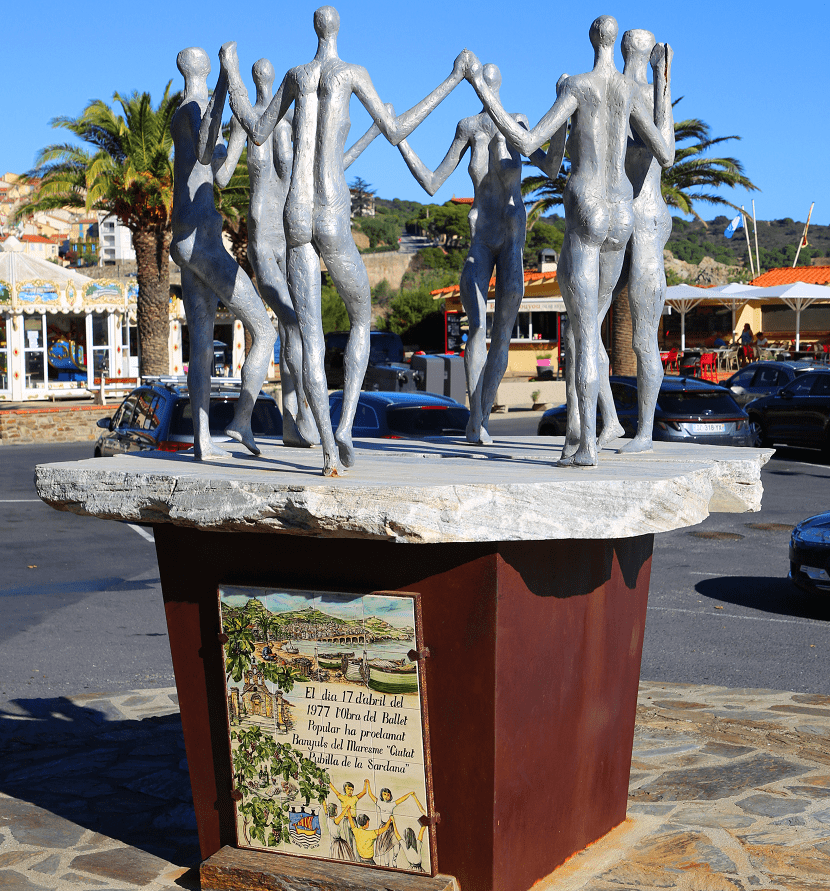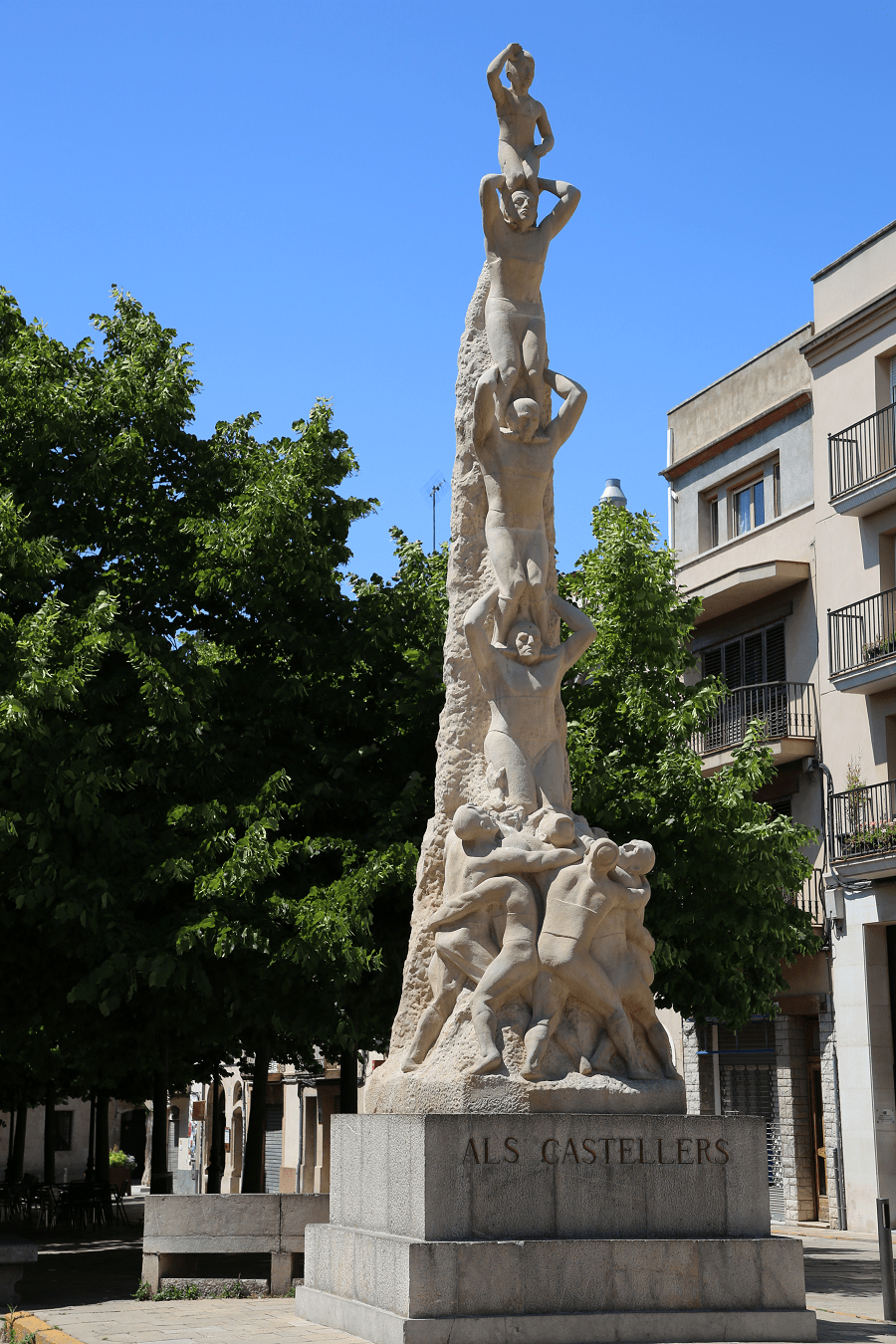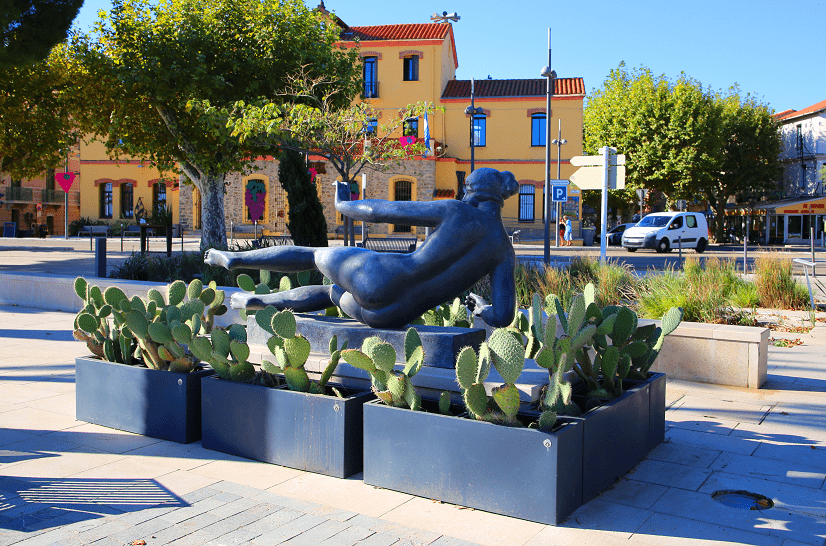The sardana is a popular traditional dance considered the national dance of Catalonia (Spain). It is danced by men and women, holding hands, forming a circle, and tapping with their feet the bars of the music played by the couplet. The name can refer to both dance and music.
To dance the sardana, an undetermined number of dancers form a circle, holding hands and facing the center, dancing to the right and left with a stable tempo, with an often slow and concentrated air, in some moments more animated. The components of the circle should preferably be male-female couples, but only a minimum of two people holding hands is required to create a circle. The sardana is a non-exclusive dance, so anyone, at any moment, can join the circle individually or in pairs (unless it is a competition or an exhibition). However, there is the sardanist gang, organized as a stable group, like the esbart dansaire.
The dance is more complex than it seems. The sardana is structured in several parts, called tiradas, of which there are two types, short and long. The dancers must count, if they do not know these dances beforehand, the number of measures of each run (the run) in order to know when and how the dance is finished . In addition, they must identify the changes in rhythm, volume and other musical motifs in order to interpret it correctly: the air, the small jump, the strong jump, etc. There is also talk of removing a sardana.
The formation that usually interprets the music of the sardana is the couplet, generally consisting of 12 instruments played by 11 musicians. Four of these instruments (tenora, tible, flabiol and tamborí) are typically Catalan instruments; the other four are more conventional (double bass, trumpet, trombone and fishorn). The music of the sardana (which is part of what is generically known as couplet music) almost always has a binary time signature of 2/4 or 6/8 and can be heard in concert form. Some compositions, however, are arranged for other musical formations or add choral accompaniment (or both).
The sardana, as it is currently known, dates from the middle of the 19th century; since then, it has been continually cultivated, so that there are more than thirty thousand scores of sardanas. During the Franco regime, the sardana was temporarily banned as a national symbol. In 2010, the Generalitat de Catalunya registered the sardana in the Catalonia Festive Heritage Catalog and declared it a festive heritage element of national interest.












